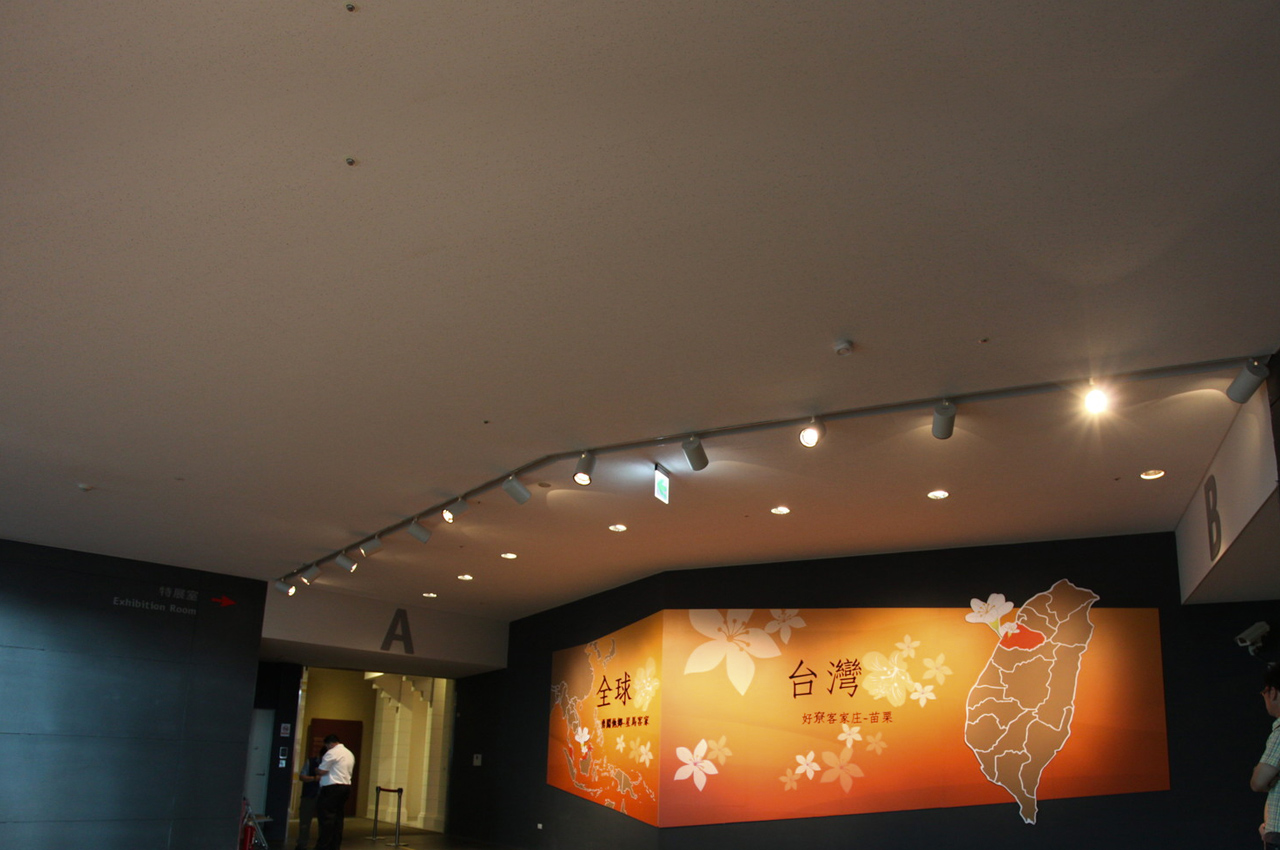Exhibition Review
4th Special Exhibition Hall - The era of stubbornness "The stories of Hakka defending Taiwan"
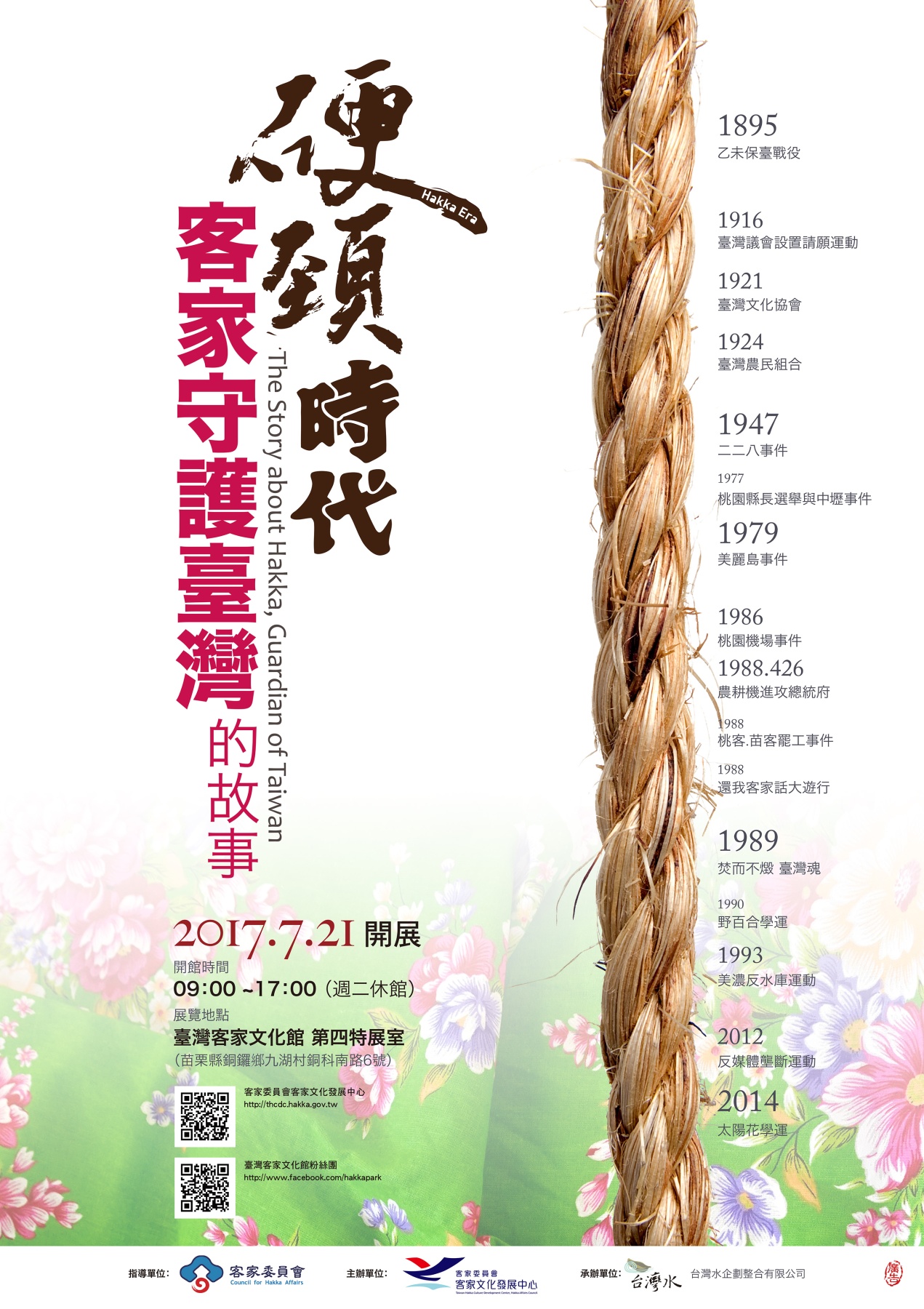
Some say stubbornness in Hakka is just a neutral word – neither positive nor negative. Some say language is changed and created by the actual state of society, and its origin can be ignored. No matter stubbornness is a negative word or a concept that is created by the society, it represents a sense of agency, independent, sustainability and durability, and it is a rare quality in every single era.
From the ancient frontiersman who were facing the difficult environment, to the Hakka culture that is marginalized by the fast-tempo industrial society, to the connection between the new and old civilizations, Hakka people are always steady and work step by step. They build the society that belongs to their good conscience. They may seem quiet, but they are also powerful and steady. Stubbornness is the prerequisite of all of these.
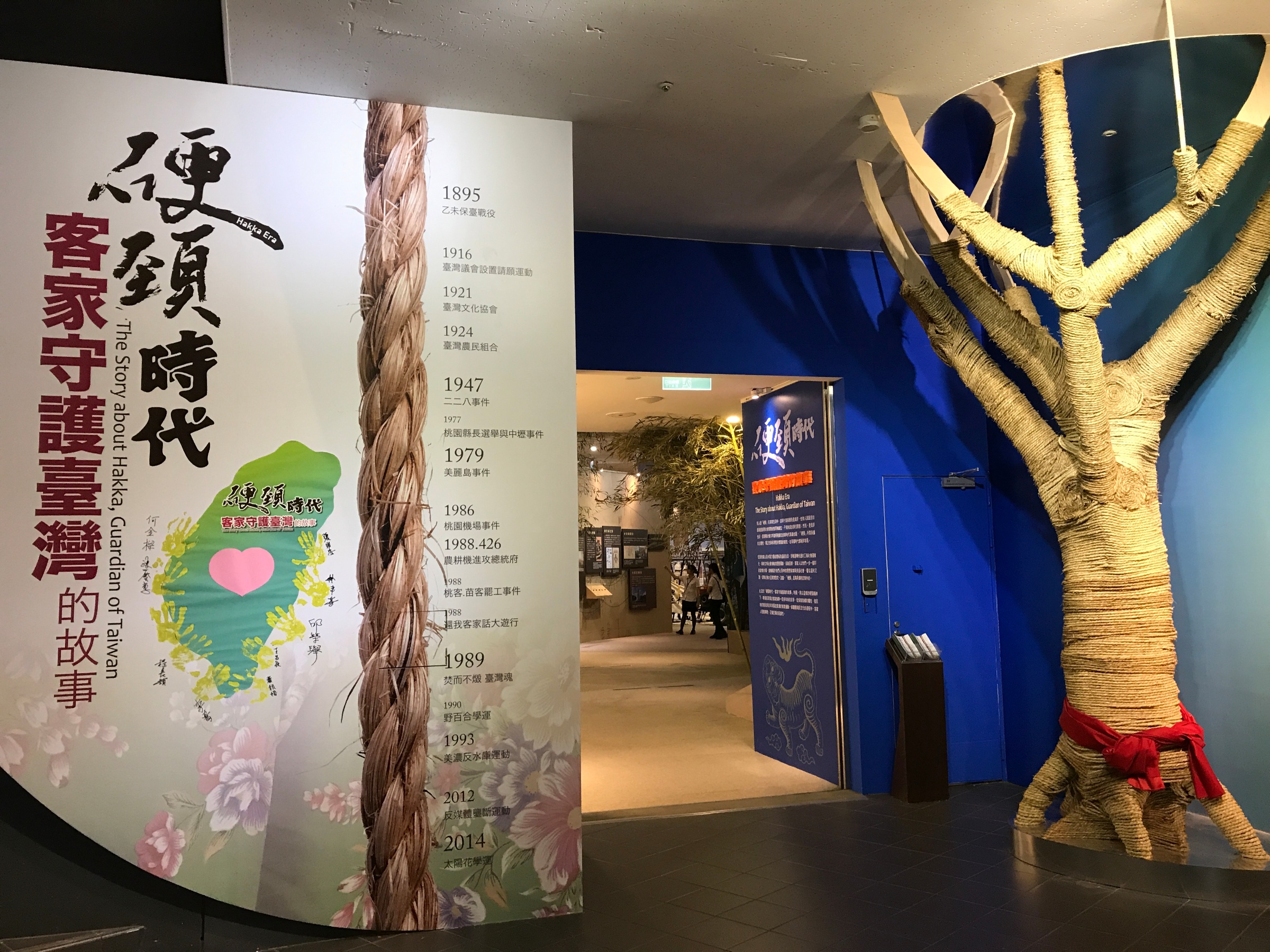
Leaf, leaves
They will eventually turn back into dust (cited from “Leaf” by Pan Fang-ge)
The sacrifice to defend their homeland
The Japanese invasion of Taiwan in 1895 was a war between the 23rd of March, 1895 to the 1stof January, 1896 between Japan and Taiwan. After the First Sino-Japanese War, Taiwan and Penghu Islands were ceded to Japan permanently under the Treaty of Shimonoseki. Some Taiwan celebrities like Chen Ji-tong, Qiu Feng-chia leaded their followers, announced “The independent decoration of the Democratic Republic of Taiwan” and formed “The Democratic Republic of Taiwan” to fight against the Japan government. Rebellion showed up in all Taiwan. Among them, Hakka was the tribe participated most, in terms of both manpower and material. From Taoyuan and Miaoli in the north to Liudui and Kaoping in the south, regardless of gender, Hakka people fought against Japan in the battlefield again and again. As the Hakka leader, XiuXu-xiang, said, “If we don’t hold this position and Taiwan will be lost. I am not planning to go back to China alive.” This showed his dignity and honor in terms of defending his homeland.

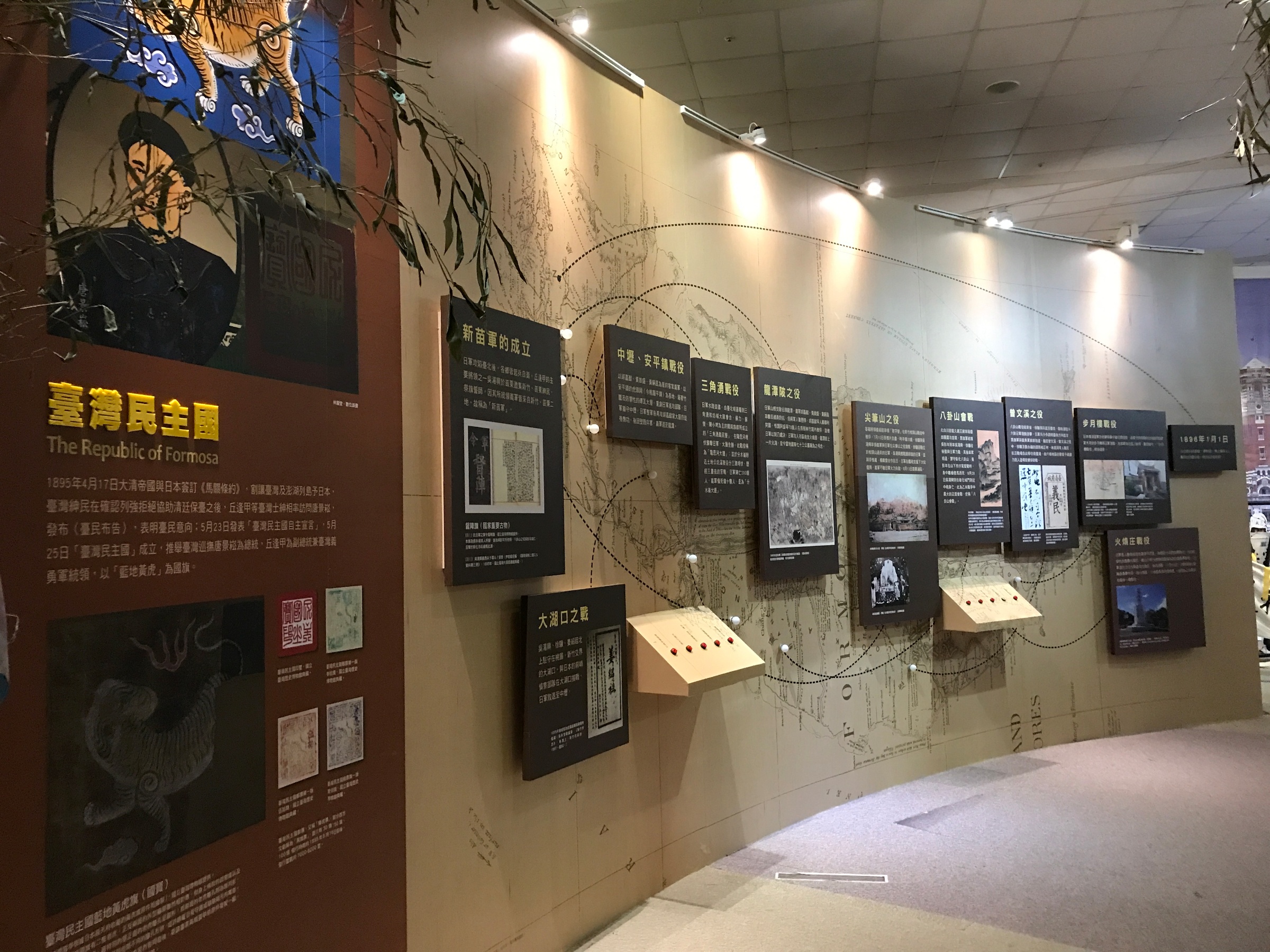
The world will never allow people barely exist, brave men should fight for justice (cited from “We” by Lai Hoi)
The resistance of colony
On the 17th October, 1921, Lin Xian-tang, Jiang Wei-shui and some others organized Taiwanese Cultural Association to promote the enlightenment and nationalist movement of Taiwan. Same as the armed rebellion before, Hakka people have a position in this cultural resistance movement.
In 1923, the Japan government at Taiwan searched and imprisoned the opposite voices in whole Taiwan. The imprisoned Taiwanese were mostly lawyers, doctors, landlords and other intelligentsia. It is called “Governance incident”. Most of the major members of Taiwanese Cultural Association were imprisoned at that time. The defense lawyer of them was Ye Qing-yao, a Hakka from Taichung, and the first PhD of law in Taiwan.

Do you hear that? Do you hear that? (cited from “The Song of White Cloud” by Luo Lang)
The resistance under authoritarian
In 1947, the “228 Incident” occurred, thousands of Taiwanese elites and citizens were imprisoned or killed. Until 1949, the politic, society, education system and culture were all tightly monitored by the Kuo Min Tang government. It was the longest white terror martial law period of Taiwan history. In this suffocated authoritarian ruling period, the intelligentsia of Taiwan were enduring day by day, waiting for a new voice patiently and seriously. Through the Zhongli incident in 1977, Kaohsiung Incident in 1979, Taoyuan Airport Incident in 1986, Cheng Nan-jung Incident in 1989, Taiwanese continuously struggled to get away from the political control of the Kuo Min Tang government. This was the time of the democratization of Taiwan; political power other than Kuo Min Tang were growing fast.
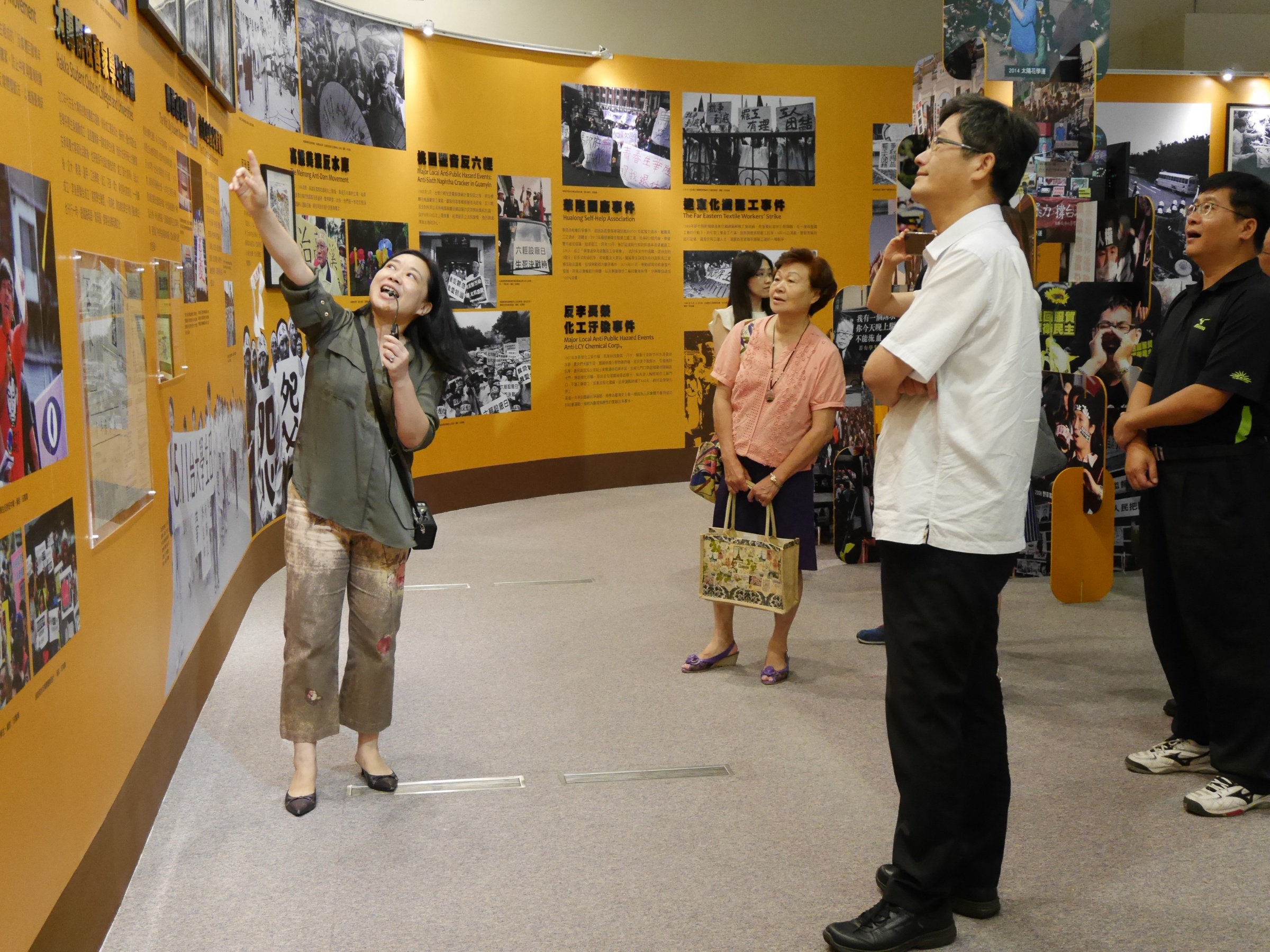
One voice after one voice, keep singing like a mountain song (cited from “清早个圳溝滣” by Zeng Gui-hai)
The people of Hakka in the golden era
In 1987, the Kuo Min Tang government finally cancelled the martial law because of the 228 Justice and Pease Movement and others social movement and public pressure. Since then, many social movements showed up continuously and roared to the unjust political system. These movements included farmer movement, environmental movement, labor movement and others. From being colonized to being taken over by Kuo Min Tang, from being slaughtered to the martial law, Taiwanese used their lives and blood to pursue fairness, justice, democracy and peace. In all of these historical moments, the stubbornness of Hakka has never absented.


緬等定著會結个籽 ,自由青春 (cited from “One Day” by Liu Hui-shen)
Literature, the silent resistance
The darker era would reflect the brighter light from people’s heart. The authors who stand for people’s conscience is like a spotlight that points out the unjust and leads people go through all the suffering.
The Taiwanese father of literature, Lai Hoi, said that, “The old literature belonged to scholars, they disdain to be with the public; the new literature is written for the public, it is a public literature.” The essential of literature is not about the fancy things among the elites, but the resolution to be with the public and face the suppression together. From the Japan ruling period to the Kuo Min Tang’ authoritarian, all the authors who had ideas and dreams wrote so many articles of this island. They established the new Taiwanese tradition of literature that literature should be close to the land and people. In this tradition, Hakka writers have an important position.

